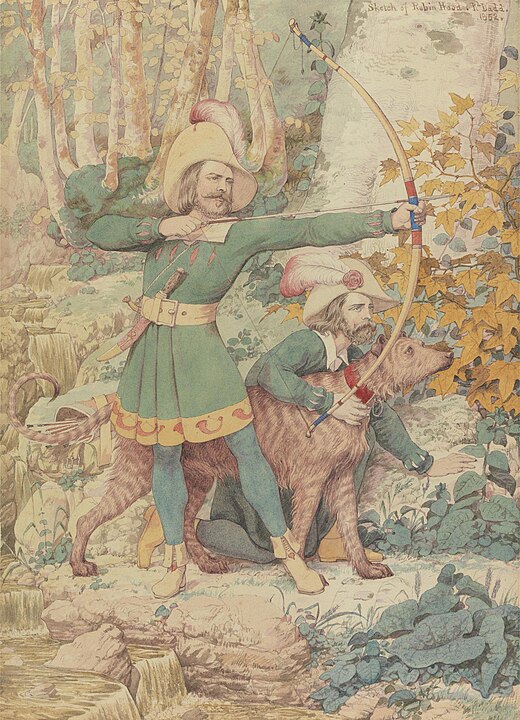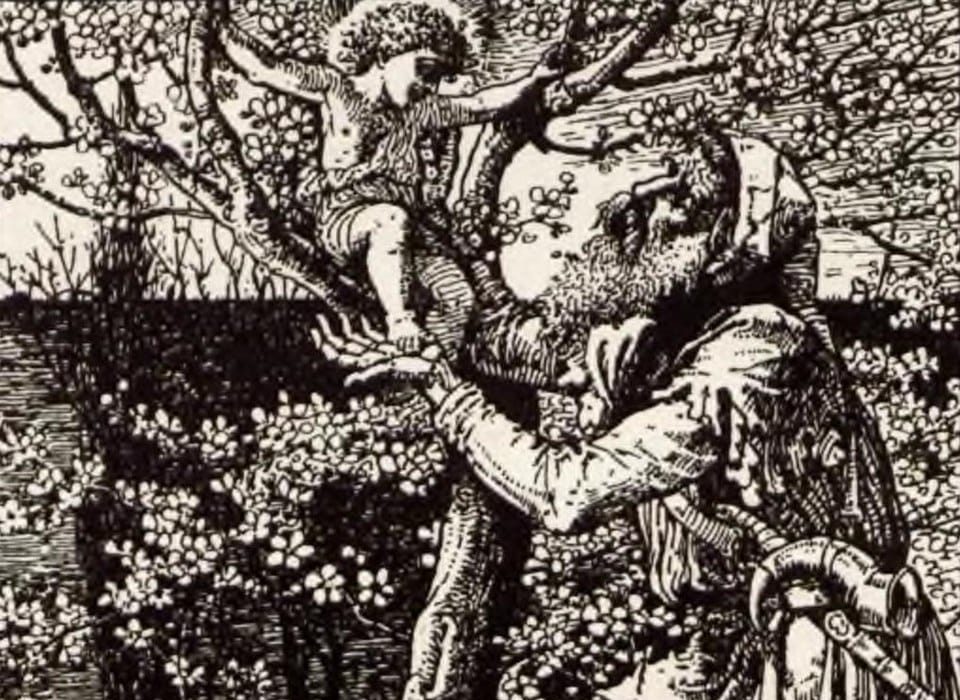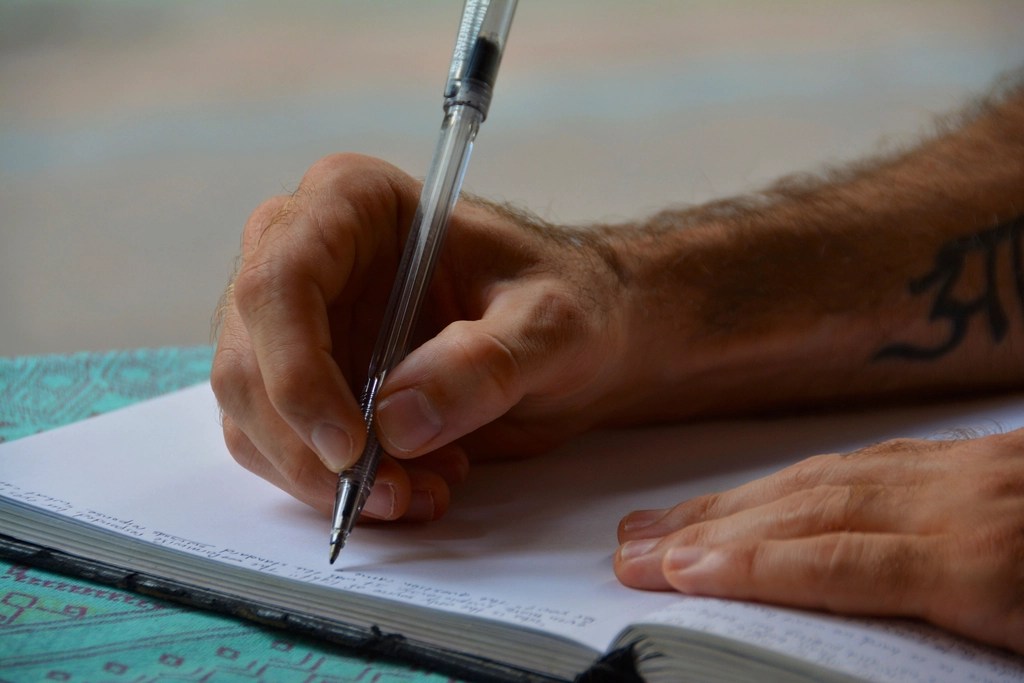Developing characters can be tricky business. You really have the choice between setting up static or dynamic characters. That is to say, characters that change and characters that do not. How do you go about this? Well, there are many ways to increase character development. In this post, we are going to look at how characters have developed in a piece of example media. Then, we are going to look at four ways to increase character development.
Character Development in the Merry Adventures of Robin Hood
In Howard Pyle’s The Merry Adventures of Robin Hood, there is a great deal of character development from multiple characters. Why choose this book? Because Robin Hood is a well-known hero, and he is a dynamic character. As are his merry men.
To start, Robin himself changed from simple woodsmen to hero of Sherwood Forest. At the start of the book and his legend, he killed a man in self-defense and fled as an outlaw. Fundamentally, he changed from an onlooker to an active participant in freeing his fellow citizens. He was the hero of the day for saving them from the tyranny of the Nottingham.
Moreover, Little John, Robin’s companion, showed himself to be more than just a big, talented thug. He attends Nottingham Fair to infiltrate the Sheriff’s quarters. Inside, he gains more information for Robin, which shows that he has a tactician’s mind. Furthermore, in his fight with Arthur-a-Bland, Little John has compassion for even those he quarrels with in combat. Afterward, he welcomes the man to the fold of the merry men.
Other characters in the novel and lore, like Arthur, Midge, and Will, all have a change in character once confronted by Robin Hood or Little John. As mentioned, Arthur changes his mind about battling and becomes an ally of the merry men. Midge is initially resistant and defensive when it comes to protecting his goods. He softens when he confronts a noble cause; this shows his development as a good and noble person. Likewise, Will Scarlett first fights with Robin, but then drops his violent charade. He does this in order to show that he is of both relation to Robin and a friend. In this way, he demonstrates his developing honor and sense of loyalty.
Tip and Tricks
In previous posts, we discussed coming-of-age stories. These stories show heroes’ growth; also, how characters become fuller through conflict. As such, we must consider that our characters develop throughout a text due to their engagements with other parties. This includes actual people or just events. All of which increase character development.
So, there are many ways to make your characters more realized:
Show growth over time:
- Character development doesn’t happen overnight. You may need to show your character coming to a realization over time. For example, much like Jim Hawkins from Treasure Island, who reflects on his adventure at the end of the novel.
Show Development as Growth
- Characters learn new skills, are given new opportunities, and are enabled to do extraordinary things in stories. At your character’s core, they are the same person, but growth should show small evolutions in character. For example, once tricked, they won’t be tricked again; they lie once, but immediately regret it, so they won’t lie again; they trusted somebody completely but were let down time and time again, therefore they refuse to trust that person again.
Conflict Makes Characters Stronger
- The evil stepmother, the peremptory government, the vicious monster, the undying machine; all of these are conflict-driven villains that changed the characters they were out to harm. Cinderella was beaten down by her mother but found the courage (and the magic) to strive for a more enriching life (literally); Winston from 1984 went from idealist to beaten-down cog in the wheel of Big Brother (sadly); Sheriff Brody took on the duty of killing the tireless shark in Jaws and became a hero (triumphantly); and Sarah Connor became a warrior against the terminator in Terminator (violently).
Characters Change Beliefs
- Characters–good characters–are not static (though your side characters can be), so they change when confronted with new information or new problems. If your character believes in the tenants of their government, but suddenly one day are show the reality of their existence (ala The Giver by Louis Lowery), then they are bound to develop and become different people.
Conclusion
We have seen many ways in which characters have developed in The Merry Adventures of Robin Hood. Many of them have shown growth through interaction, which demonstrates their loyalties and dedication to bravery and honor. Additionally, we see Robin’s development as a leader and somebody who is not just bent on leading time and time again. Rather, he allows other members of the merry men to engage in dangerous exploits (Little John and the Sheriff of Nottingham).
Finally, through understanding that characters develop for many reasons (conflict, justice, beliefs, etc.) we can see that they have many avenues to becoming more believable and exciting. In other words, characters engage in a coming-of-age story but also fall into a dangerous plot (The Hunger Games by Suzanne Collins). Likewise, characters’ beliefs can change for the worse while they battle and oppressive force (1984 by George Orwell).





Leave a comment